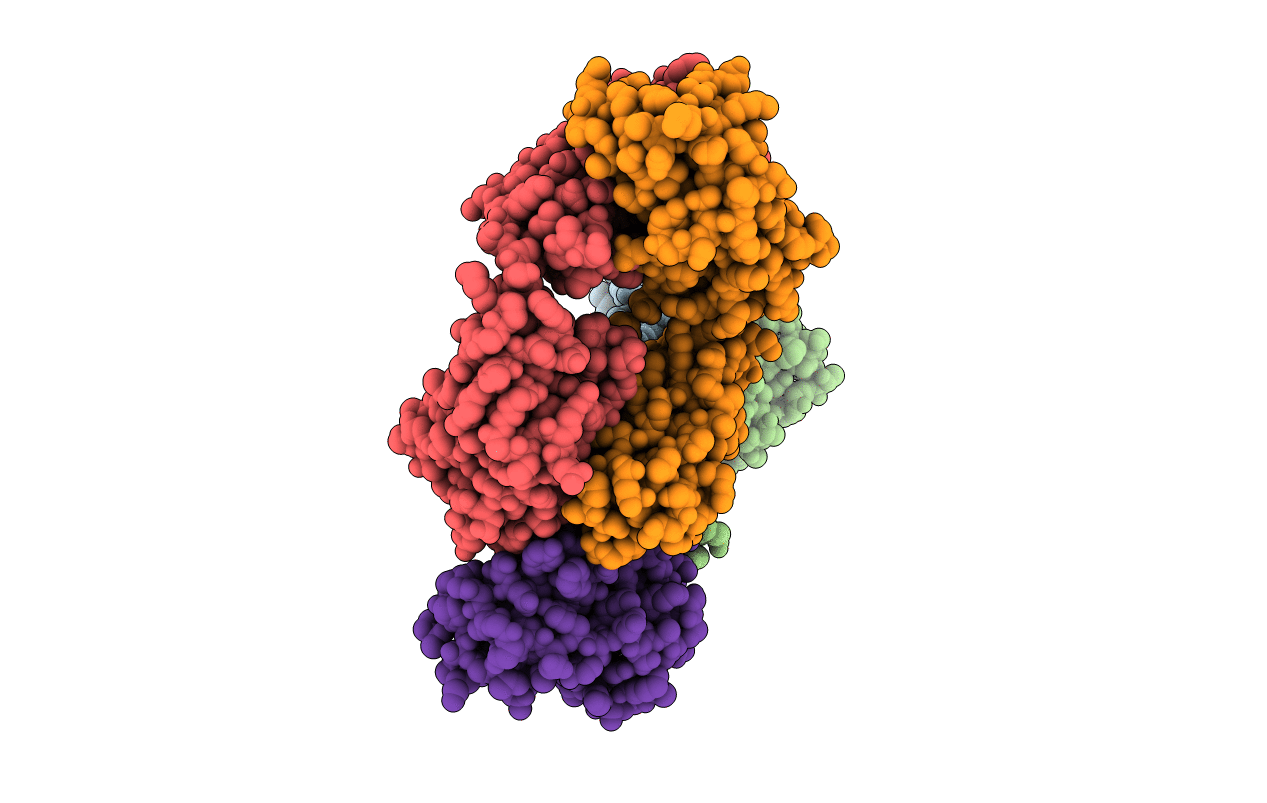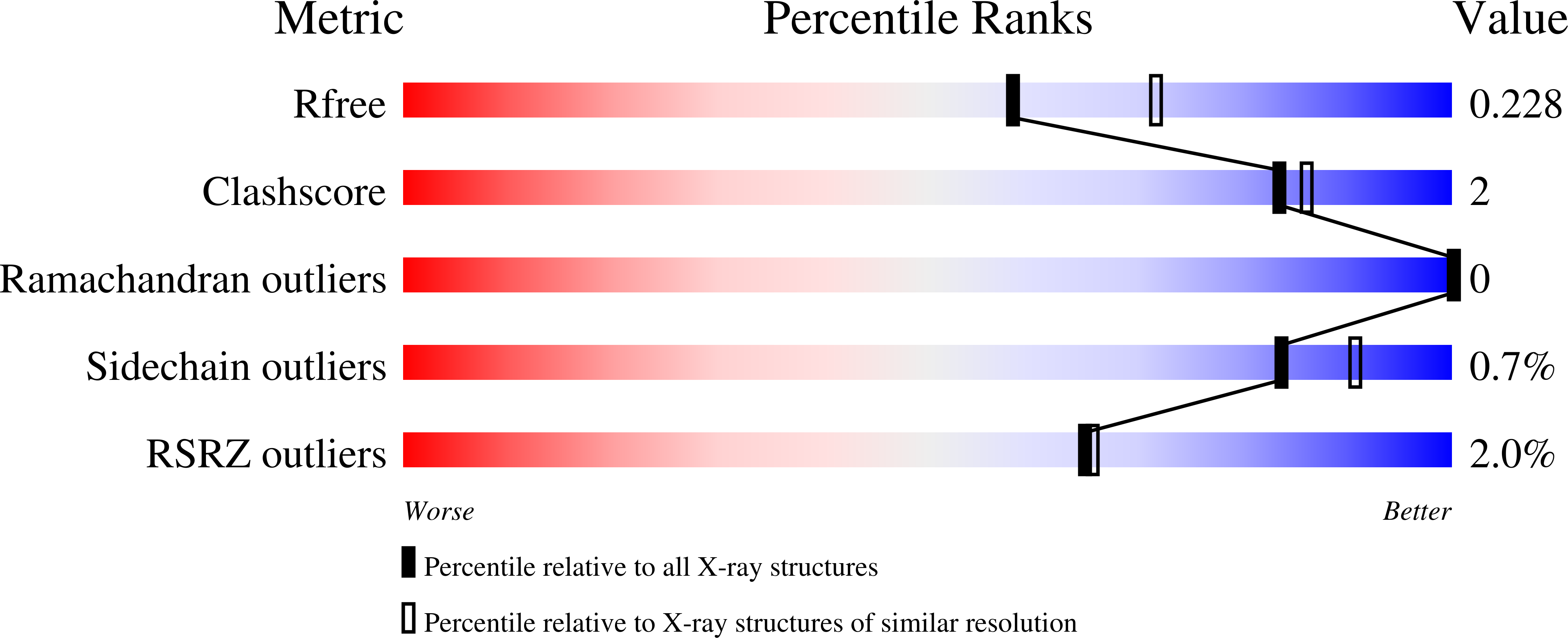
Deposition Date
2022-04-10
Release Date
2022-08-10
Last Version Date
2024-11-20
Entry Detail
PDB ID:
7UNB
Keywords:
Title:
Crystal structure of malaria transmission-blocking antigen Pfs48/45-6C variant in complex with human antibodies RUPA-117 and RUPA-47
Biological Source:
Source Organism:
Homo sapiens (Taxon ID: 9606)
Plasmodium falciparum (Taxon ID: 5833)
Plasmodium falciparum (Taxon ID: 5833)
Host Organism:
Method Details:
Experimental Method:
Resolution:
2.18 Å
R-Value Free:
0.22
R-Value Work:
0.17
R-Value Observed:
0.17
Space Group:
P 21 21 21


